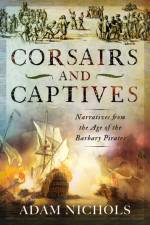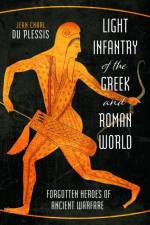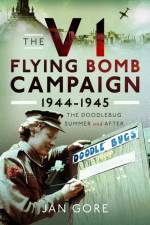av Gareth Glover
367
The Napier family are famous for their military exploits in the Peninsular War. Charles served in the 50th and 102nd Foot, George in the 52nd and 71st Foot and William (the famous historian of the Peninsular War) who served with the 43rd Foot. Two or three of them were always serving in the Peninsula at any given time and all suffered a number of severe wounds. William has a basic biography written of him and his famous _History of the Peninsular War_Â is littered with his personal and professional prejudices; Charles wrote a form of autobiography, mostly dealing with his later India campaigns; and virtually nothing has been written on poor George, despite the fact that he commanded the storming party at Ciudad Rodrigo, where he was severely wounded. However, much of this writing emanates from decades after they fought, when memories and changing political attitudes had clearly affected their writing. _At War With Wellington_ focuses on their private letters penned immediately from the front, without that dreaded hindsight. They are packed with detail of the horrors of battle and siege warfare, but also show life in the Army, the close bond between the three brothers while serving close to each other in action and also with their mother at home, who clearly had constant fears that her three boys would never come home again. All three did survive but were all badly maimed during this war. Their individual exploits are legion, but no one has ever brought all of this material together in one book, until now. Between them, they participated in almost every action in the six-year war and two of them participated in the Army of Occupation in France from 1815-18, although none were at the Battle of Waterloo. Their close relationships with many senior officers of the period, gives a rare glimpse into the thinking of the generals and helps us understand how the decisions were made and with what information they were formed. Being also politically active, it is fascinating to hear their views on both political matters at home and the Allied cause against France. This material is both absorbing and revealing. It adds much to our understanding, primarily of the NapierâEUR(TM)s themselves, but also the effects of a world war on the family dynamics, the political upheavals surrounding it, the failures of the Allied campaigns and even the perceived failings of the senior officers in their promotion of the war effort, which are expressed vehemently. _At War With Wellington_ opens a window onto a different view of the war, from very experienced soldiers, but with very different political leanings, and will cause readers to question some of their long-held views.






























